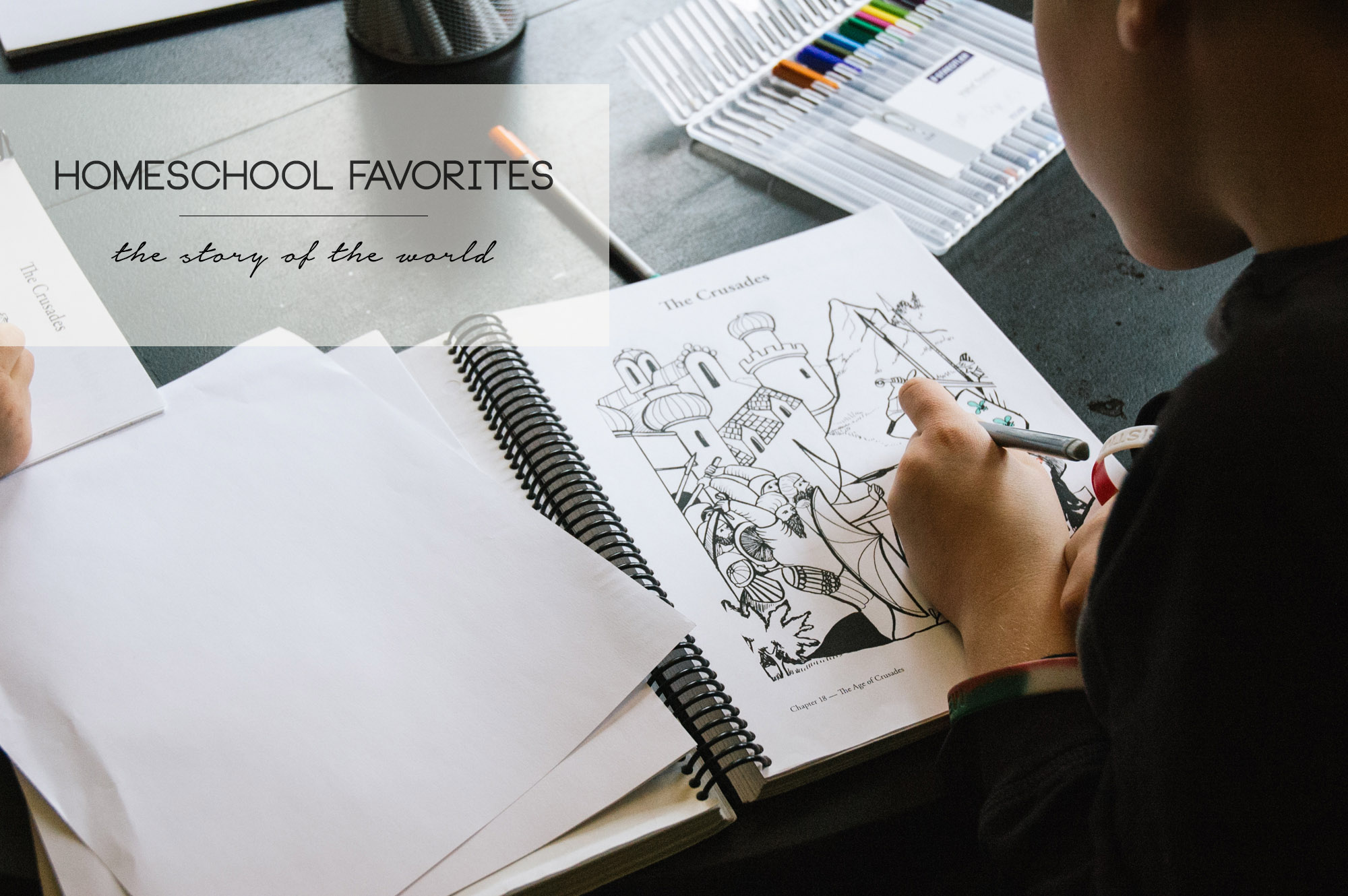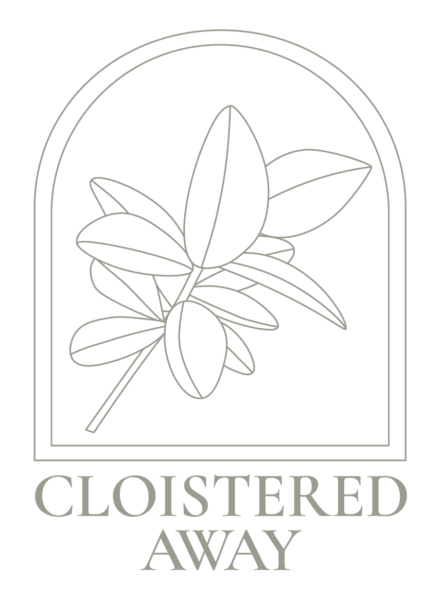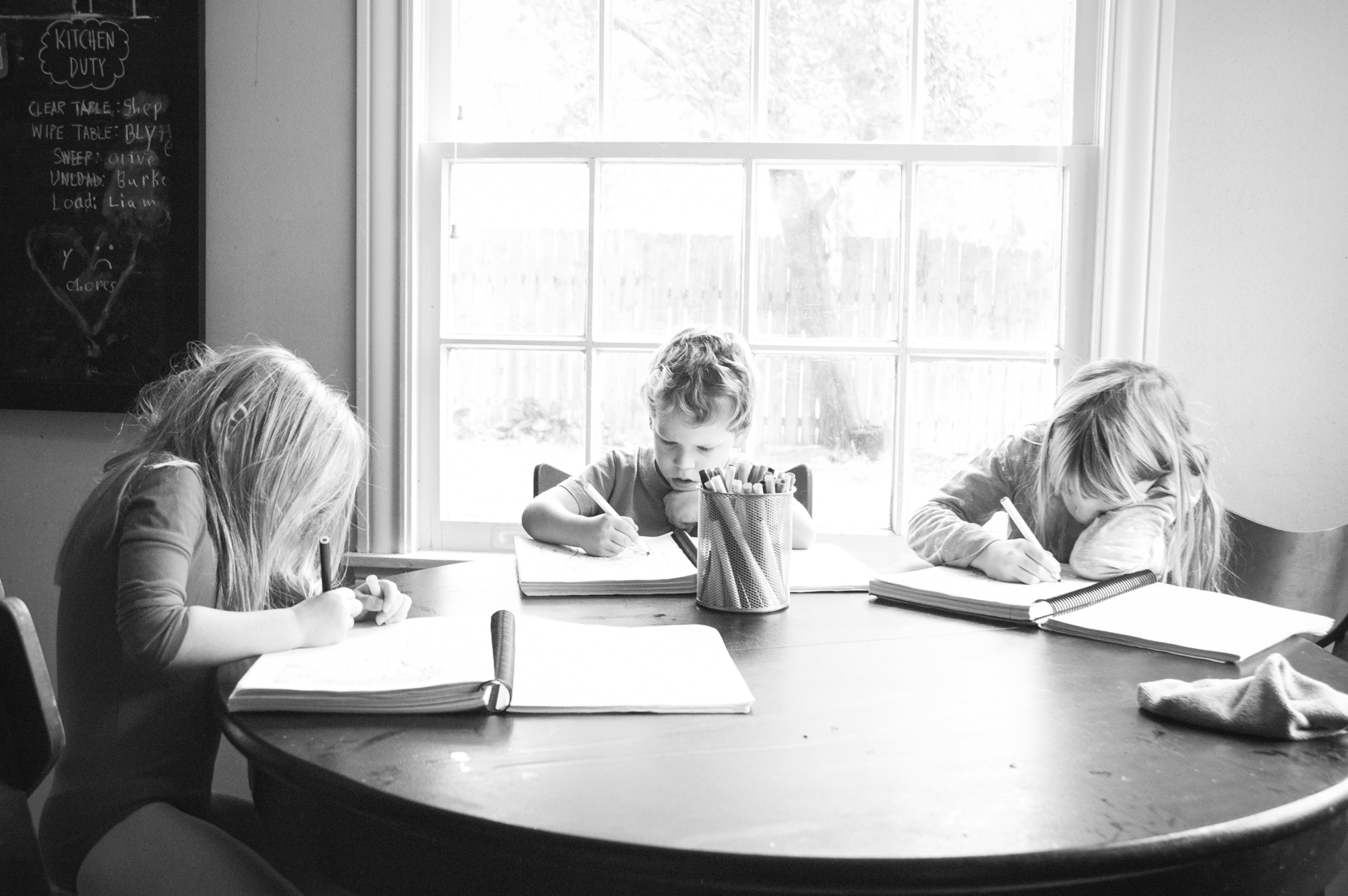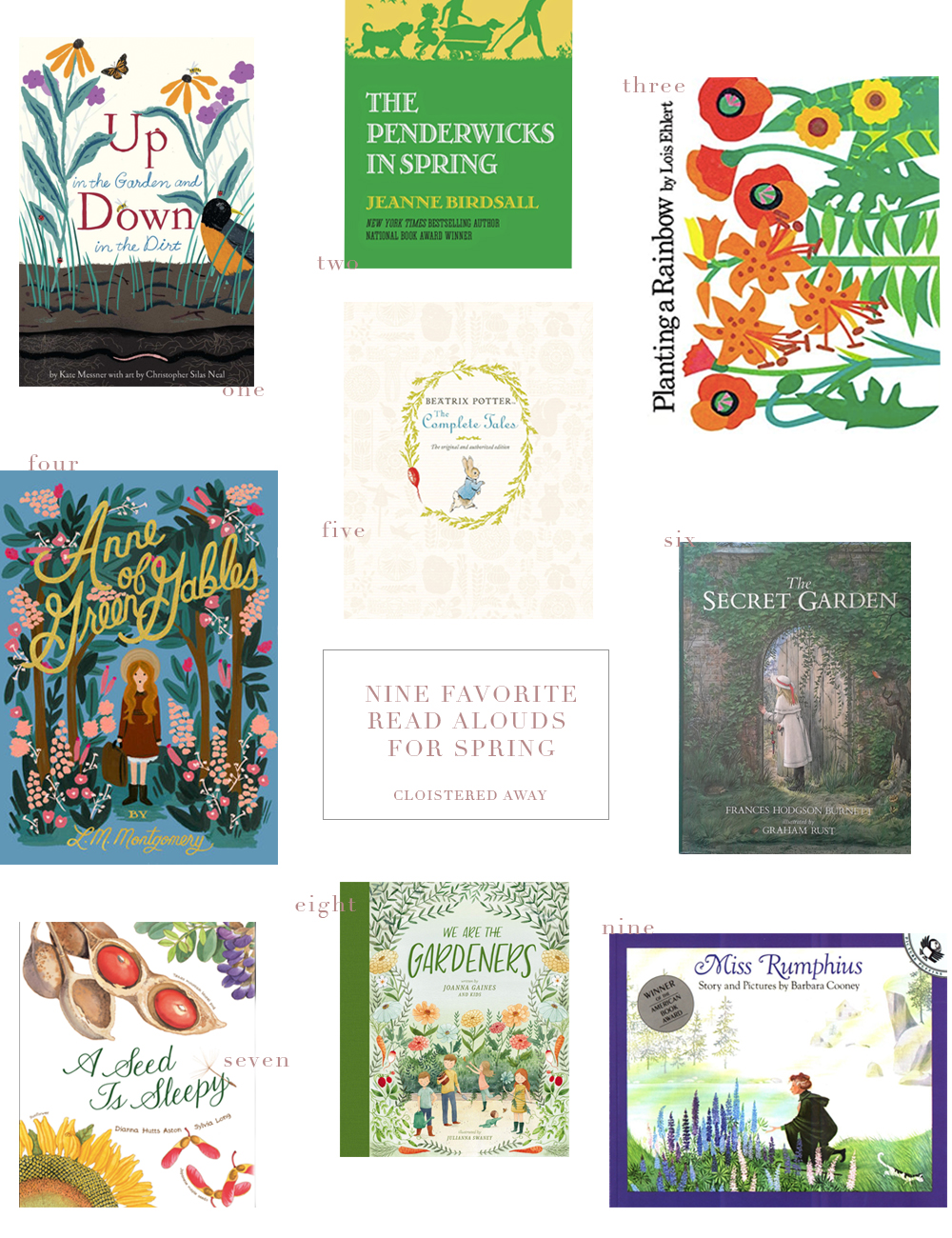
The history curriculum, The Story of the World, is certainly one of my favorite resources we use at home. Although my husband has a graduate degree in History, I have always felt fairly weak in this area, knowing a smattering of events here and there without really understanding their connection. I remember when Liam was 6 or 7, he asked how old I was when I first learned about a certain event in Ancient history. “Right now!” I responded. And it’s the truth. Through reading this 4-part series, I am beginning to grasp a more comprehensive view of history, but the best part–I’m learning many things for the first time right alongside my children. I should note, they love this time of our day as much as I do, often pleading for me to continue.
The Story of the World is exactly what it says–a story attempting to weave together the histories of various regions, cultures, and religions into a four volume narrative. Right now, we’re in the middle of volume 2, the Middle Ages. I love Bauer’s attempt to bring together the story of history from around the world, so we’re not merely learning about Western Civilization and religion but also about events occurring simultaneously in Eastern civilization. The materials are easy to adapt and use however you wish. I know some families who simply listen to the audiobooks while others create elaborate projects (from the Activity Book). You can adjust it to how your family wants to use it. I should also note, you can still use this even if you don’t homeschool. It would be easy to read-a-loud at home or have your children (reading level grade 3 +) read-a-loud to you. You can purchase each of the volumes separately, too. This is how we mostly use it.
{learning} Medieval history + practicing the early stages of writing through listening, coloring (or another project), discussing, summarizing, and writing,
{time} approx. 30 minutes, 2-3 days/week
{materials}
- book (we’re using volume 2 right now)
- activity book (includes questions and sample narrations for parents and activity ideas for each chapter)
- student spirals (I printed and spiral-bound the student pages PDF for each of my children. These pages are also found at the back of the activity book, but are painstaking to copy. Trust me, this is easier.)
- notebook paper (I included a piece of notebook paper for each chapter in my older kids’ spirals. I inserted them before binding.)
{lesson}
When I announce it’s time for history, the kids grab their history spirals from their cubbies and sit at the table. They really do love this part of our day. I bring various coloring supplies to spread out for them. I let them situate and find their pages in the activity book as I announce what chapter we’re reading that day. I remind the littles not to talk while I’m reading so everyone can hear. This time we’re reading a part of a chapter on the Crusades. I prompt them with a few broad review/background questions to help connect what we’ve already read leading up to this point. This is helpful for all of us in building the connections.
Although sometimes I’ll have the boys rotate reading aloud, they really enjoy listening and working on the activities, so I mostly do the reading. (You could also play the audio for this part if you tire of reading aloud.) As I read the chapter, the kids are coloring a page on the Crusades, listening. When I finish, I grab the Activity book and read the review questions from that section. We briefly discuss the key characters mentioned and events that happened. After reviewing with questions, I’ll ask the older kids to tell me what we read in 2-3 sentences (practicing summarizing). My oldest writes his narration down on the notebook paper in his spiral. I usually write the other kids narrations for them, and they read them back to me. We don’t always do the last part. Sometimes we simply listen and color, but I try to include writing when I can.








Comments
I used this with my oldest, and now with my 10 yr old. We love it!
just starting out, and i’ve been so inspired by your blog! we also have four kids and i’m curious… do you simply continue on the four year cycle and loop back around when complete having each child jump in when they are school aged? i’m wondering how important the chronology is at this age, or if the goal is exposure knowing that eventually volume 1, etc. will come back around… thank you for your thoughts!
Thank you, Kristin, and how exciting for your family to begin this new journey together. We just read through the entire set (although we haven’t yet finished it entirely yet), and then begin again. My younger ones have no trouble joining in and catching onto things as they grow into it. It’s been such a helpful tool for seeing a big picture of history, a telling of multiple things happening at the same time. I hope you enjoy it, and thanks for stopping by here! x
Pingback: choosing curriculum – cloistered away | enjoying simplicity
Thank you thank you thank you.
You’re welcome, friend. I’m so glad to share. x
We use SOTW too, and we LOVE it! Super easy to read and to understand.
Yes! I agree. I love how approachable she’s made the material.
I plan on joining our classical conversations group next year and am excited about the curriculum…
It’s such a solid program. SOTW isn’t officially apart of it, but we use it to supplement the historical timeline we’re memorizing. I hope you guys love it.